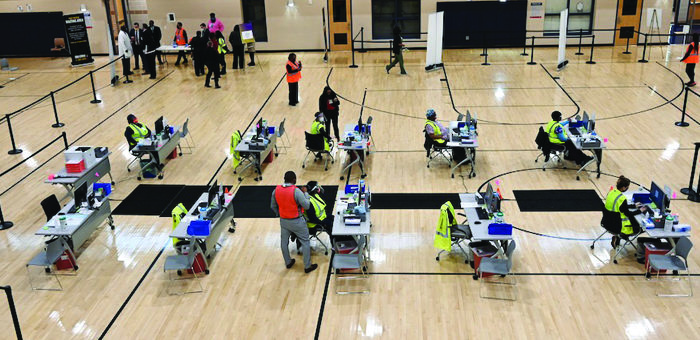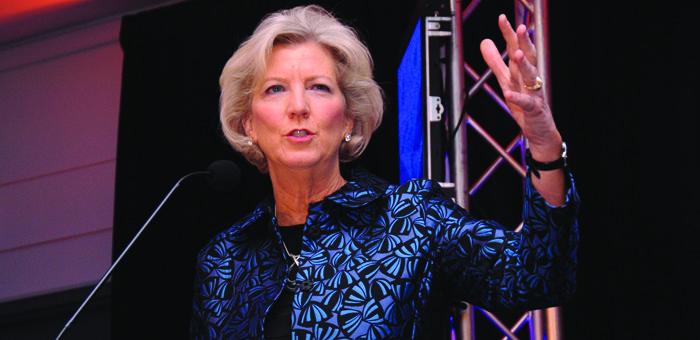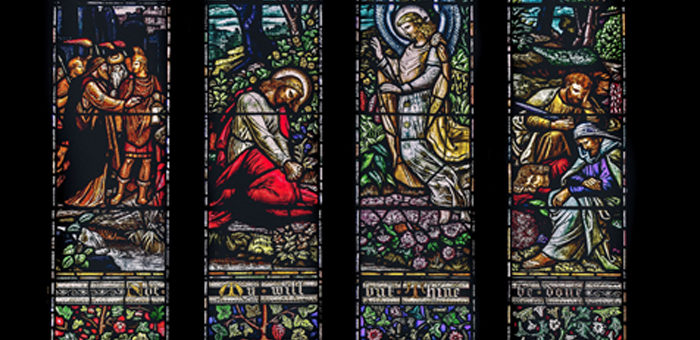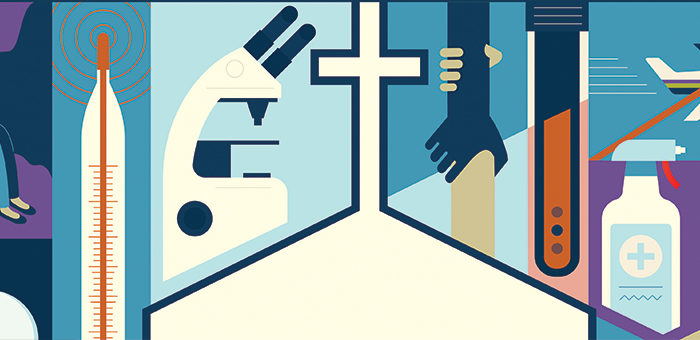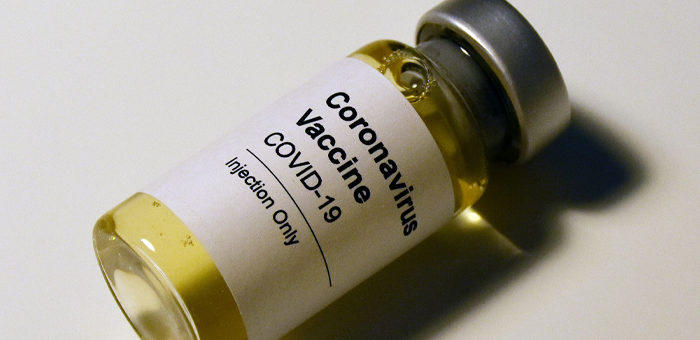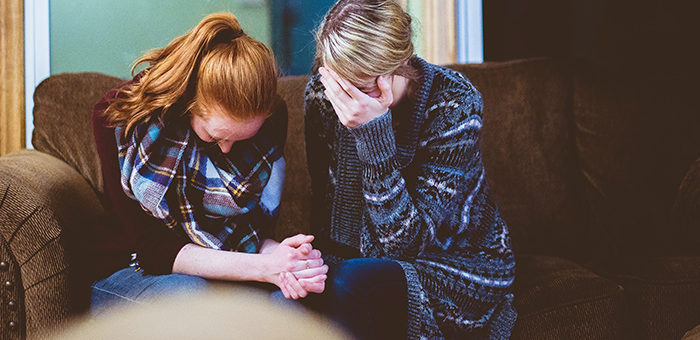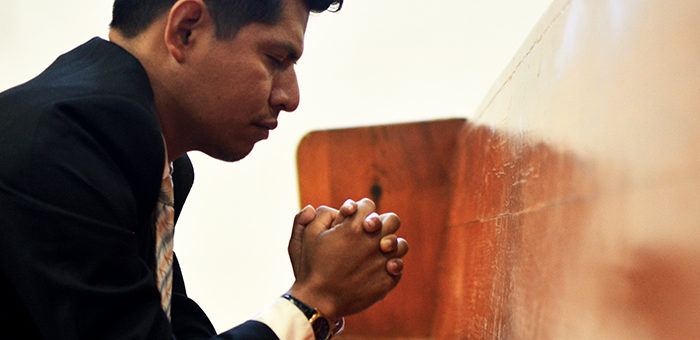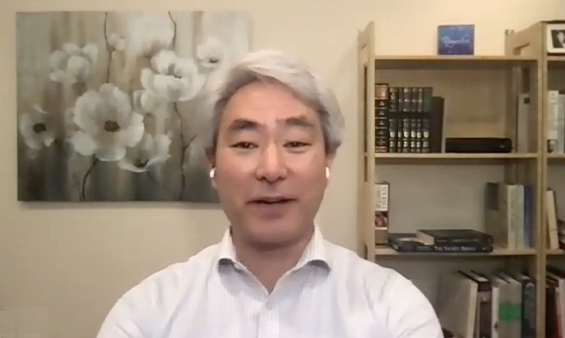For most of 2021, Americans have been hearing and using the phrase “coming out of COVID.” It seems to be synonymous with the phrase “getting back to normal.” (We’re using such language, even though the virus is continuing to spread around the world.)
For many ministry organizations, dealing with the new normal COVID left behind is proving to be every bit as difficult as coming to terms with its initial arrival and vexing ramifications. How do we bring congregations back together for face-to-face fellowship now that we’ve shown they can have a great church experience in their easy chairs? How do we prove to students that classroom instruction is more enriching than distance learning? How do we convince parents that close-quarters accommodations and high-touch activities for campers are safe? Every ministry genre has its own post-COVID challenges.
Increased Demand for Services
Rescue missions and kindred ministries didn’t see the disappearance of people during the pandemic. They had the opposite problem. Already high numbers of poor people seeking services were swelled by released prisoners with nowhere to go, by families looking for food when the paychecks stopped, by the dispossessed who preferred supervised congregant accommodations over ungoverned underpass encampments or rowdy hotel floors.
At the same time, safe-distancing guidelines reduced bed and table capacities. Then the ranks of staff and volunteers were drastically cut when those deemed high-risk had to disappear. Skeleton crews worked tirelessly for months on end to serve hungry, homeless, abused or addicted guests and clients.
A Spiritual Harvest
Through all of this, collaboration was catapulted to new heights. Previously siloed ministries worked across denominational lines and philosophical divides. They partnered with competing ministries, government-funded agencies and health departments to save lives and protect their local hospital systems. Astonishingly, at the end of 2020, instead of there being upwards of 10,000 deaths in the homeless community as projected by some prominent political figures, the U.S. Interagency Council on Homelessness put the fatality number at less than 300. That includes both sheltered and unsheltered.
Something else occurred at rescue missions and similar ministries during COVID: There was a bourgeoning spiritual harvest. This ostensibly was the result of an atmosphere of fear about the future and the necessity of having closed campuses. Twenty-four-hour residency afforded more time for conversation and counseling. The gospel was presented and received on a much larger scale. City missions took another giant step away from being disaster-relief establishments, in the direction of being life-transformation organizations.
Collaboration With Churches
But now what? What does “getting back to normal” look like for a typical city mission? In a lot of places, the crowds are just now starting to come back and capacities are beginning to increase. But many Citygate Network member organizations have already determined that they will not go back to serving the same volume of people they have in the past. They see wisdom in reducing shelter beds and increasing “program beds.” This is one more reason we cannot retreat from collaboration. The need for churches and life-transformation organizations to work together has never been greater.
That has not been an easy sell in the past because far too many churches take pride in being a self-contained, one-stop shop. But rarely do you find a suburban church that has staff who know how to work with someone who’s been a drug addict for 14 years, or how to help a trafficking victim who is afraid she will be forced back into that life. That’s where collaboration comes in.
Going forward, rescue missions and parallel agencies need to concentrate their efforts on physical and mental health treatment, addiction recovery, education, career development, housing procurement and the like. Churches can support such initiatives with volunteers. They can also pick up the slack by providing referrals, clothing and, of course, food. However, this must be done in a way that makes it clear that the recipients are not on another merry-go-round of dependency. Every feeding program needs an exit strategy for those being fed.
But partnerships cannot be pondered indefinitely. Statistics from numerous sources point to an impending landslide of newly addicted people who started their dependencies when COVID anxiety was reaching its apex. Furthermore, as pandemic eviction moratoriums end, we’ll certainly see more homelessness — particularly involving families with children.
Why does this matter? As Jesus journeyed through Palestine, he made it clear that poor and powerless people were his priority. They still are. And therefore, our new normal — for all evangelicals — should be a broadly concerted effort to support communities of intensive care where we can move as many people as possible from human suffering to human flourishing through savvy assistance and the power of the gospel.
This article originally appeared in Evangelicals magazine.
John Ashmen is the president and CEO of Citygate Network. Prior to joining Citygate in 2007, he served as COO for 15 years at the Christian Camp and Conference Association. Ashmen also served as advisor to the Board of Directors of Christian Camping International/Canada and helped expand Christian Camping International/Russia. He was instrumental in the establishment of the Global City Mission Network, a nexus of faith-based organizations serving those in poverty in major cities around the world. He is the author of “Invisible Neighbors.” Ashmen has a B.S. in Bible with a social work emphasis from Cairn University and a master of organizational management from the University of Phoenix.




 View All Articles
View All Articles 
